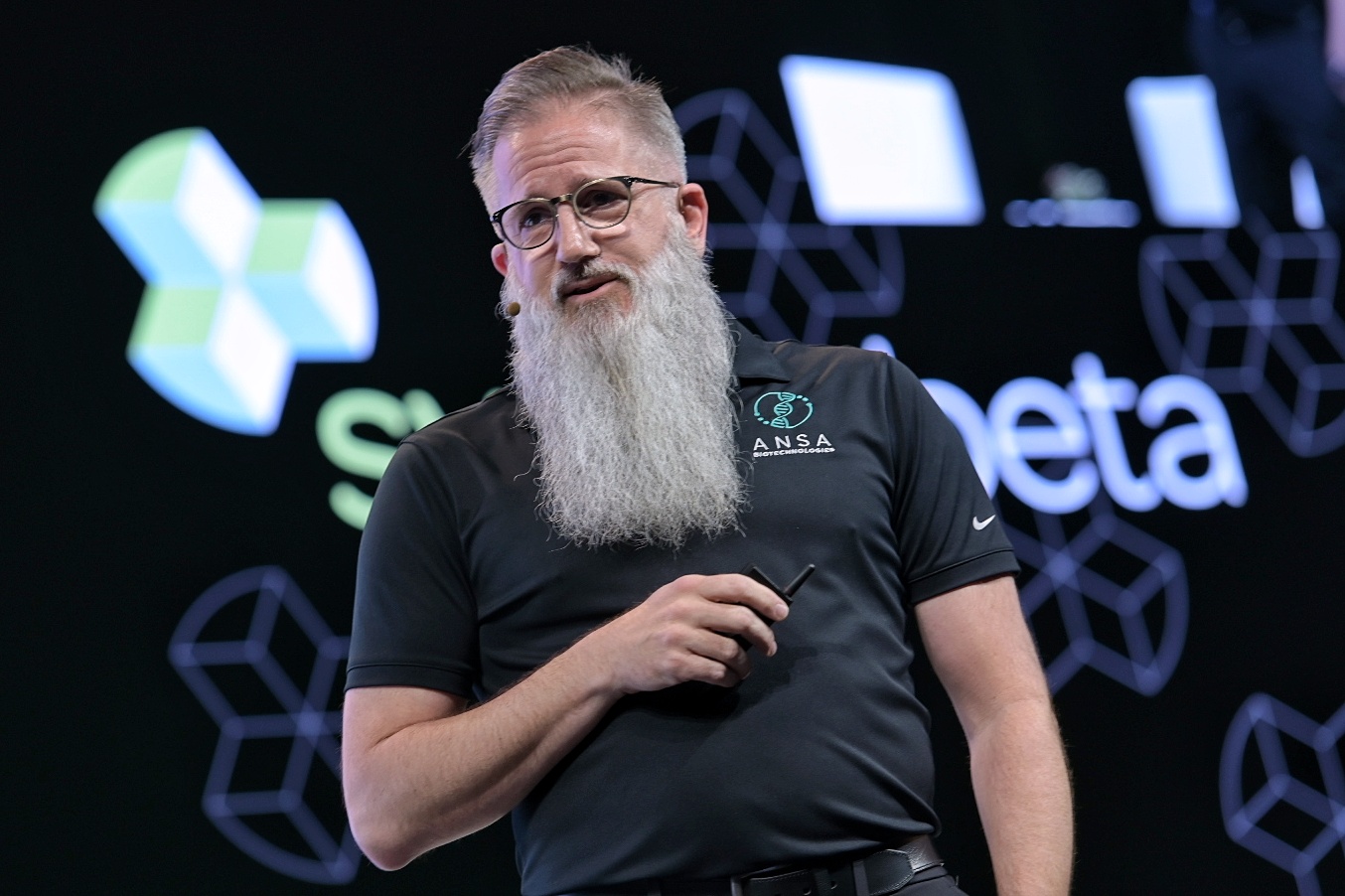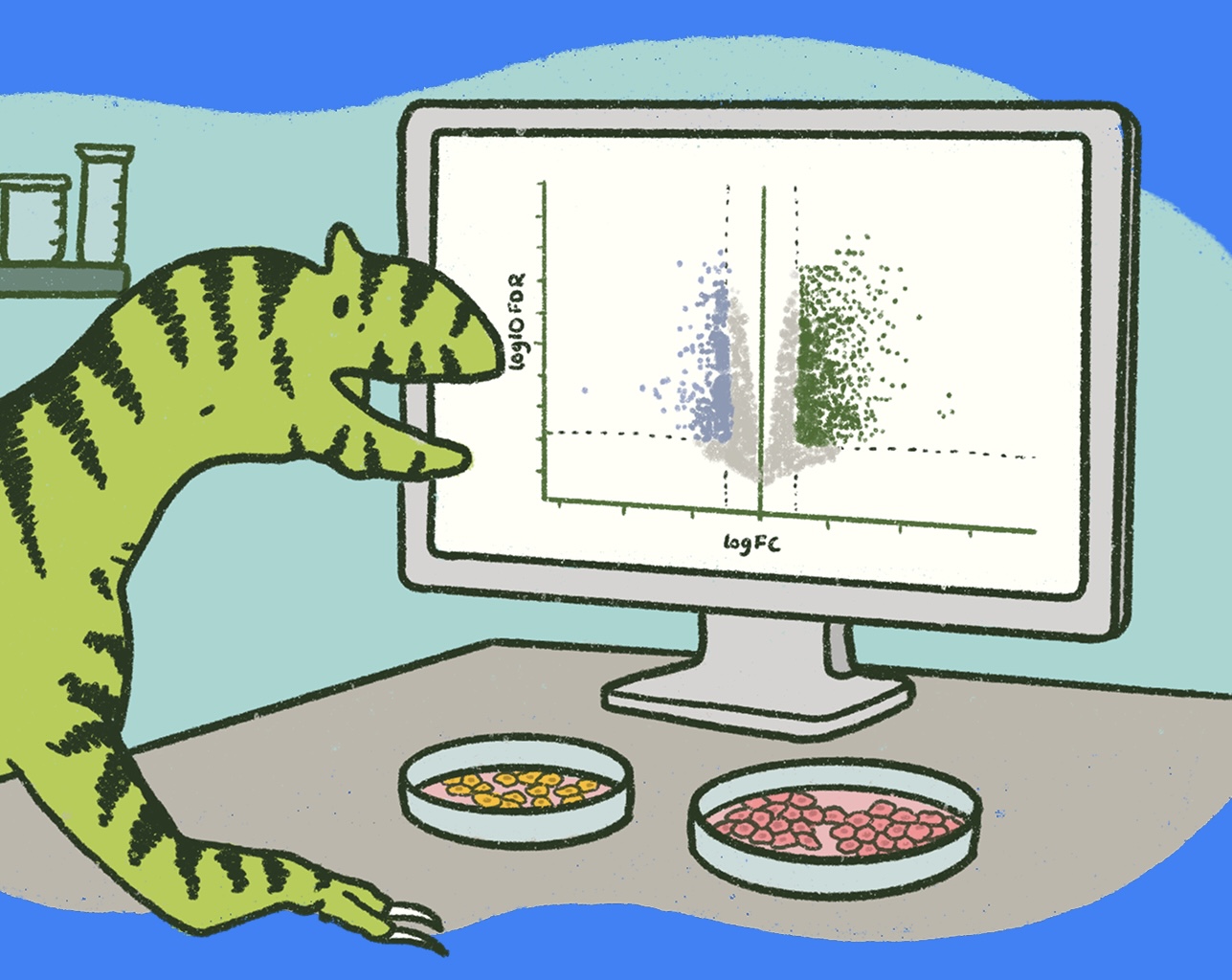
A modern-day David-and-Goliath: How Lygos CEO Eric Steen is tackling the petrochemical industry
A modern-day David-and-Goliath: How Lygos CEO Eric Steen is tackling the petrochemical industry
It’s not often that a single chemical can be a focal point across industries as disparate as flavors and fragrances, electronics, polymers, and specialty solvents. Yet malonic acid, with applications in automobile coatings, biodegradable polymers, surgical adhesives, and food and drug additives -- to name a few -- taps into a combined market size on the order of billions of dollars.Today, malonic acid production requires environmentally toxic chemistries based on petroleum sodium cyanide, a highly toxic chemical that poses significant health and environmental risks. For example, a 2015 explosion at a Tianjin plant holding “several hundred tons” of sodium cyanide killed over 100 people and spewed the toxic substance into the surrounding area, causing public and governmental outcry. Risks such as this mean countries such as the U.S. or those in the E.U. are unwilling to produce malonic acid; therefore, almost all of the world’s 60,000 ton annual supply is produced in China. Clearly, a cheaper, less toxic approach to malonic acid production is sorely needed.Eric Steen, co-founder and CEO of Bay Area company Lygos, has the solution. And, it’s just the first chemical and process of many that Lygos’ technology platform enables.
Fermentation: the secret to producing malonic acid sustainably
Since the 1990’s, the U.S. Department of Energy has been seeking better ways to produce malonic acid, such as through microbial fermentation. That approach, however, proved easier said than done -- no microbes produce malonic acid naturally and prior efforts to engineer one failed.Until 2012, that is.UC Berkeley grad Eric Steen was an expert in programming microbes to convert sugars into fuel. Growing up in the Midwest, Steen recognized early on that corn sugars could represent a huge market for materials production. And although his initial work was in biofuels, Steen soon began to focus on a new target: toxic chemicals produced by the petrochemical industry.With USD $150,000 from the US Department of Energy, Steen and his co-founders Jeffrey Dietrich and Clem Fortman left their jobs with a single mission: create a strain of acid-tolerant yeast that can produce malonic acid. Three months and millions of enzyme variants later, they succeeded -- and Lygos was born.

Image source: Lygos“Our mission is to replace the toxic areas of petrochemistry with biotechnology. There's a real big opportunity to go head-to-head with petrochemistry and beat it hands down with biochemistry. That's what Lygos has always been about, that's what we founded the company on, and that's the mission that we're still on today,” says Steen.
A full-stack solution
Lygos has come a long way since that first eureka moment. In 2015 the company announced, together with Lawrence Berkeley National Labs’ Advanced Biofuels Process Demonstration unit, the first pilot-scale production of malonic acid from their “supercharged” yeast strain, as Steen calls it. The strain grows extremely rapidly and is able to survive in conditions that most microbes can’t, such as the acidic environment resulting from malonic acid production. But having the microbe is only one part of the story. The Lygos team has also developed a software platform with a full set of genetic tools that allow for rapid microorganism engineering. This, says Steen, makes it possible to deploy it for other acidic chemicals beyond malonic acid, widening the market for and impact of their microbes.“It's not just engineering the microbe, that's a fraction of the work that needs to be done to be successful,” says Steen. “We are a full-stack company, we do A to Z in terms of designing the organism through final purified product.”Steen credits Lygos’ success as a full-stack company to the multidisciplinary team of experts working for him. Lygos’ 55 employees are split into teams focused on biology, metabolic engineering, fermentation, and purification. They also have access to world-class bioinformaticians and machine learning scientists through collaborations with the Department of Energy-run Agile Biofoundry and others.

Image source: Lygos
Biotechnology David vs. petrochemical Goliath
But using biotechnology to target the petrochemical industry might feel a bit like pitting the young shepherd David against the Philistine warrior Goliath. One of the biggest criticisms Steen hears is that biotechnology is “too slow.”“In one sense I laugh a little bit,” says Steen, “because had a hundred plus years to really get a foothold and develop this behemoth industry.” There is a learning curve for biotechnology, he says, but things are moving quicker.“This is one of the most exciting times in biotech. Version one was the PCR moment … and that Nobel Prize winning technology has impacted everyone that does biology. Then we went through restriction enzymes, and now we have software, CRISPR, cheap, abundant DNA and high-throughput robotics automation -- that's where we are today with version 3.0. We are getting faster, we are starting to see big momentum happening.”One of the biggest areas of potential impact for sustainable malonic acid production, according to Steen, is the automotive industry. If you own a car, the paint on it was most likely cured in a mile-long oven heated to 450 degrees Fahrenheit. But one variant of malonic acid, malonate, could revolutionize the automotive industry by facilitating low-temperature coating. Malonic acid is an important chemical in the flavors and fragrances industry, too, providing a more consumer-facing, natural-products angle -- a very exciting market, says Steen.

One of the largest industries that can benefit from sustainable malonic acid production is the automotive industry. Photo by Jens Mahnke from Pexels.Producing malonic acid through fermentation can also have a drastic impact on manufacturers’ carbon footprints. According to Lygos’ project page for the DOE’s Small Business Vouchers program, “one commercial malonic acid plant producing 50 thousand metric tons of malonic acid would effectively prevent an estimated 63 thousand metric tons of heat-trapping carbon dioxide from entering the atmosphere each year, an amount equivalent to removing 13,000 cars from American roads.” And that’s just eliminating the toxic effect of making the chemical, and doesn’t account for the potential to eliminate ovens in auto manufacturing for example.No insignificant feat indeed.
Creating a less toxic future
Steen and the rest of the Lygos team still have a lot of hard work ahead before malonic acid production disrupts the petrochemical industry. But with malonic acid as one of the top 30 candidates on the DOE’s 2004 list of value added chemicals from biomass, they may not have to wait long to see the effects of their efforts.“We have big ambitions to be a multi-billion dollar biotech company,” says Steen, a goal that will be met by building renewable, sustainable products that customers are demanding and expanding to places like the Midwest, where ample corn supplies first inspired Steen to rethink how we produce materials.And the team has no intention of stopping with malonic acid. To realize the vision of a less toxic world, multiple toxic processes will need to be replaced.“We have identified areas of significantly toxic and expensive processes where solutions are desired, but just aren't there yet, and we say biotech can be overlaid here and Lygos can create a solution for our customers,” says Steen.And ultimately, he adds, the world.Join us October 1-3 in San Francisco to see how synthetic biology is disrupting biomanufacturing, chemicals and materials. Register for SynBioBeta 2019: The Global Synthetic Biology Summit.



.svg)










-min.png)
.gif)